|
Before COVID, New York City restaurants, often long and narrow, would occupy the base of a tenement building, their designs leaning into the cozy or crowded nature of an evening dining out in New York. When COVID restrictions began, a restaurant which could typically accommodate 40 diners, now had its occupancy dramatically cut down to 10. A saving grace for many; outdoor dining structures, would expand into lanes of traffic, allowing for an additional 16-20 patrons, depending on the size of their business frontage. This successfully spread people out, however now they were exposed to the busy street life, with traffic on one side and pedestrians on the other. We know that this change was made to prioritize safety during this public health crisis, but how would restaurants adapt long term? They would need to be creative to extend their ambiance out of their interior space, and incorporate their dynamic neighborhood around them. How would this change the nature of public space when it comes to outdoor dining structures? Something we’ll touch on in later blogs is the potential for a “greening” of New York City. I’d argue sidewalk cafes are an important first step here. When you approach an outdoor dining structure, perhaps you’re considering the durability, how protected you’ll be from the traffic or weather. But if you appreciate art and design you might also be considering its artistic contribution to the city. I encourage you to really take them in when in passing, or while dining. Consider their unique design, function, connection to their surrounding community. But we have to keep in mind that the outdoor dining structures we are enjoying today in 2023, have been rapidly developed from the first iteration in 2020. With the need well established, tactical urbanism took place to start them off, that being; low-cost, temporary interventions that really quickly transformed the public space of our streets and sidewalks. In July 2020, NYC released guidelines for expanding dining onto the streets - ‘NYC sidewalk cafes’. The pandemic in this context really exemplified how the use of space is constantly evolving. The goal of NY’s Open Restaurant program is; “an effort to implement a citywide multi-phase program to expand outdoor seating options for food establishments to promote open space, enhance social distancing, and help them rebound in these difficult economic times.” - DOT, N. Y. C. Restaurants had two options here: individual establishments could apply and use their sidewalk or curb lane adjacent to their business, or they could become part of an open street. An open street is a temporary full closure that beautifully has to be community based. A group of three or more restaurants on a single block can apply to temporarily close traffic all together. It’s an interesting time now in 2023, where we can see the sidewalk cafes and their impact on the urban landscape with some hindsight and perspective. The success of outdoor dining encouraged the city to create more permanent structures. Some questions to ask in evaluating the wide range of outdoor dining include: How durable are their wind barriers, their carpentry, heaters for the colder months or even choice of lighting? For many establishments across Manhattan, you can perceive the permanence of their structures upon first glance. Sidewalk cafes were first built in quick and effective ways to define a space. Looking to space out diners over 6 feet apart, while allowing ADA* access, quick constructions could take many forms. Most using construction palettes, tent like structures, and repurposed hardware. The diner's proximity to cars raised an important design question; how to ensure safety for diners while aesthetically aligning with its corresponding restaurant. As this design question was asked, designers and artists answered. Overcoming obstacles of function, resulted in creative design, public art and ultimately placemaking through the creation of these structures. The first iterations of sidewalk cafes were defined by function, but have since evolved and will continue to, thanks to artists, designers and placemakers. Sidewalk cafes as a whole have changed the way in which New Yorkers operate within their city. In such a pedestrian friendly city like New York we can see how important thoughtful public space design can be. However, the balance between creating these spaces, as placemakers ourselves, while maintaining the necessary processes that are required within the urban landscape will require innovation and collaboration. Something that excites me as I consider the possibilities for creative problem solving. How can we use this as a jumping off point to demonstrate the potential for greening cities and reorganizing the space we currently have? The unique circumstances around the emergence of sidewalk dining in NY created conditions where new interventions were being made bringing placemaking even further into the forefront of the conversation when we look at the future of our cities.
0 Comments
|
AuthorsArticles contributed by placemaking experts across the US Archives
July 2024
Categories |
PlacemakingUS
|
PlacemakingUS Newsletters
|
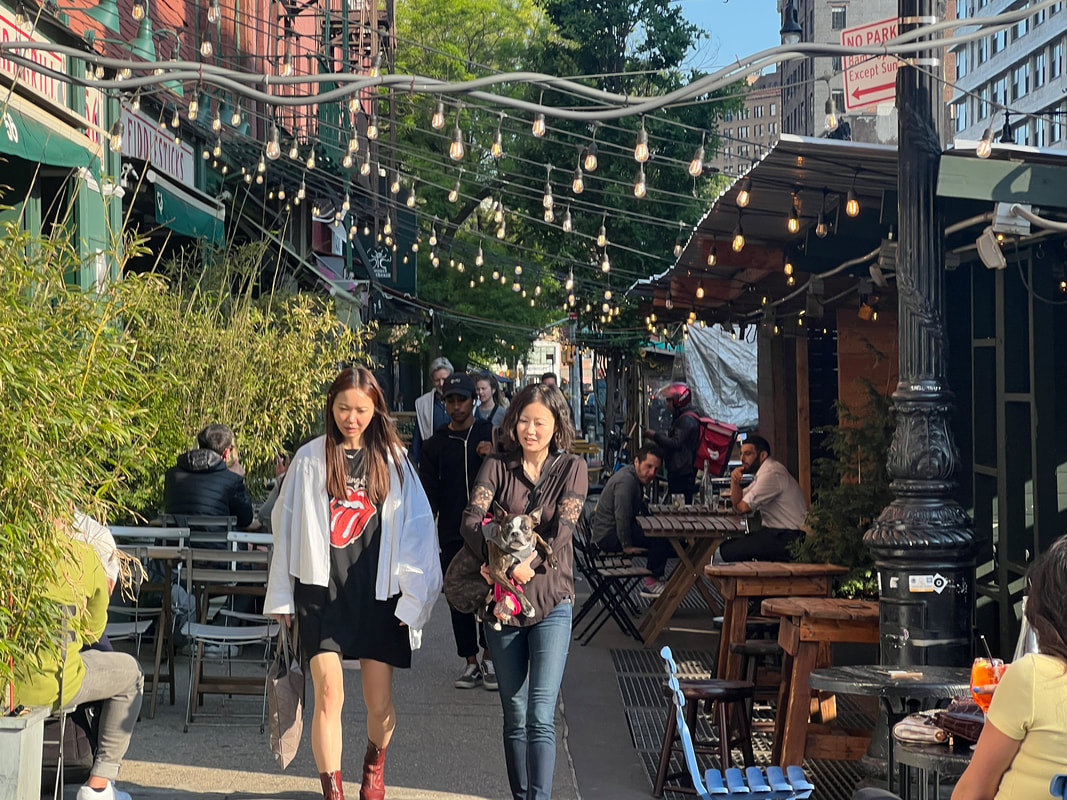
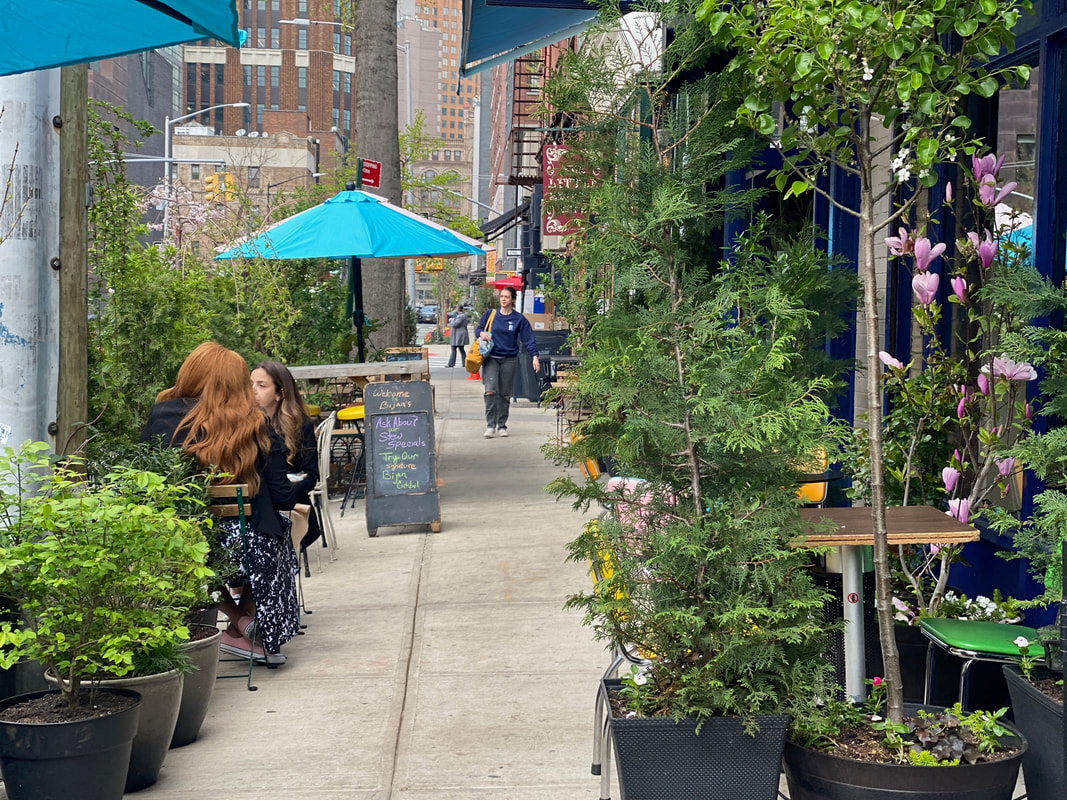
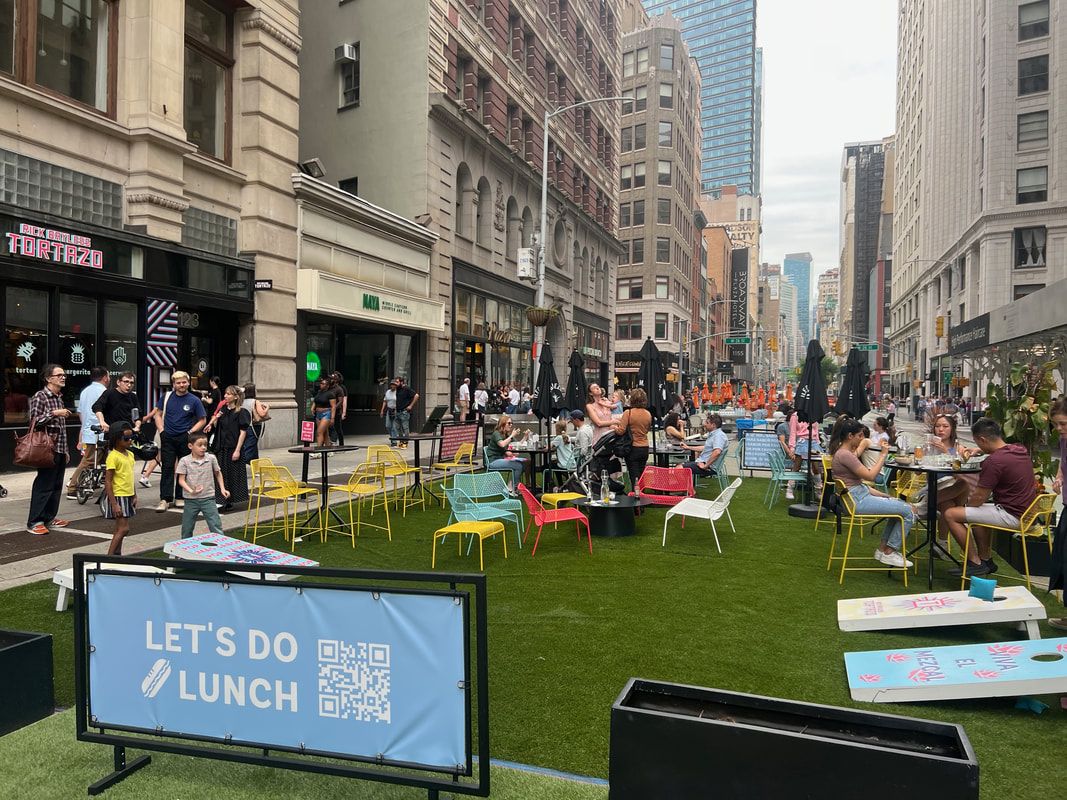
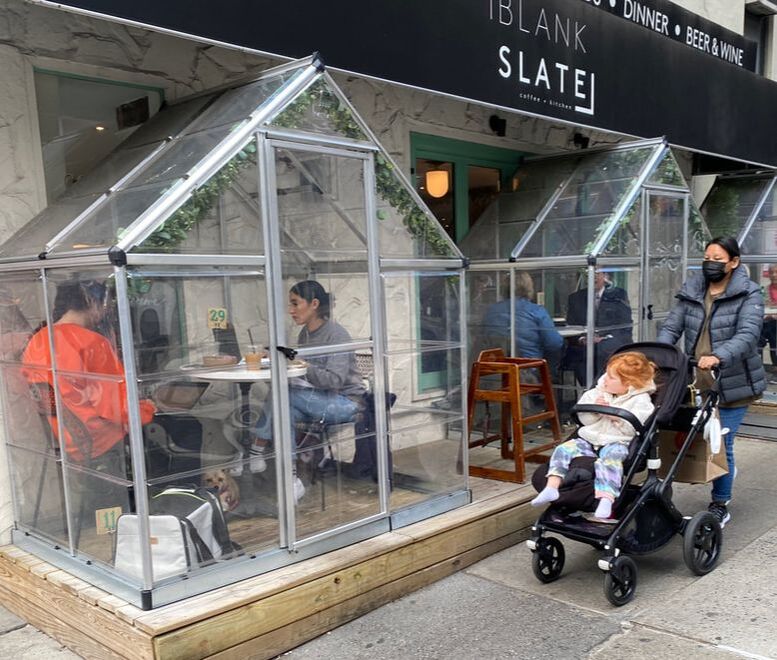
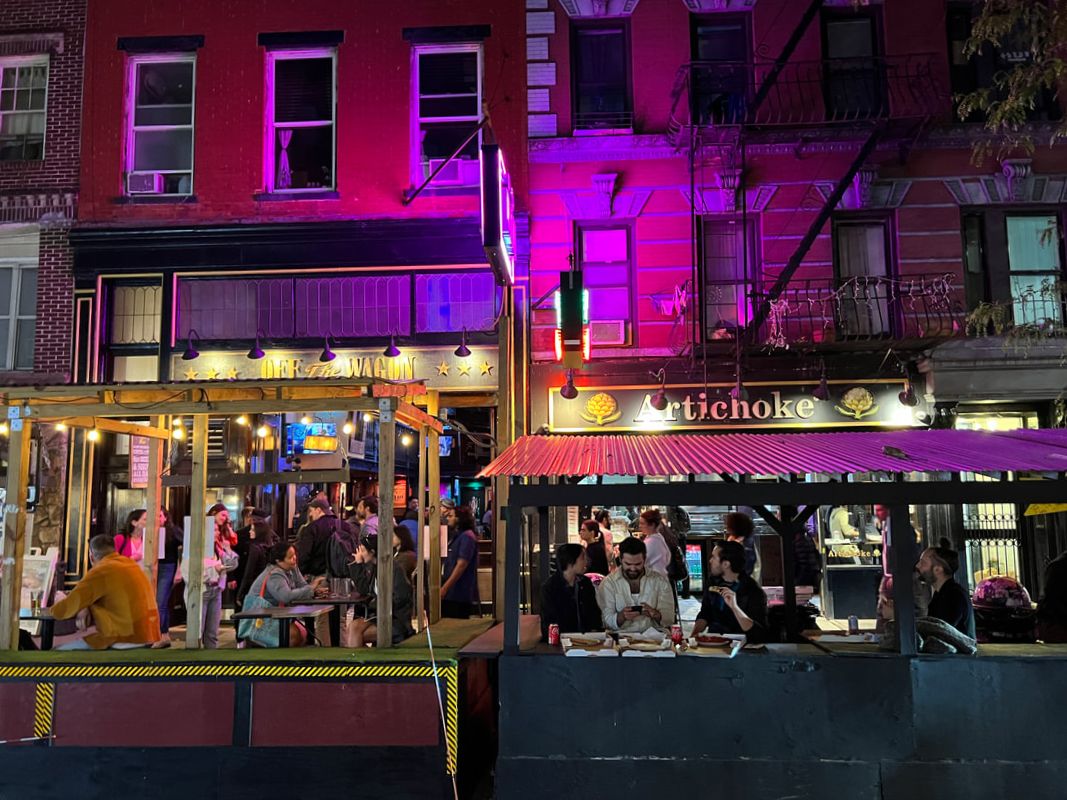
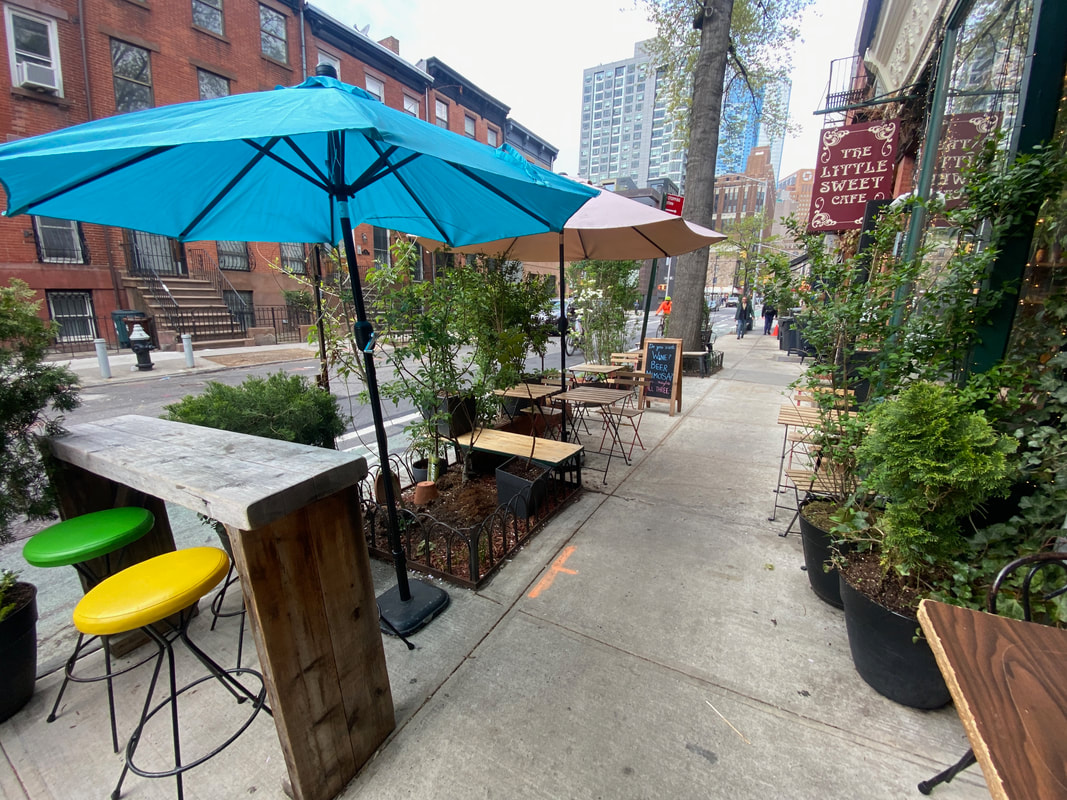

 RSS Feed
RSS Feed
